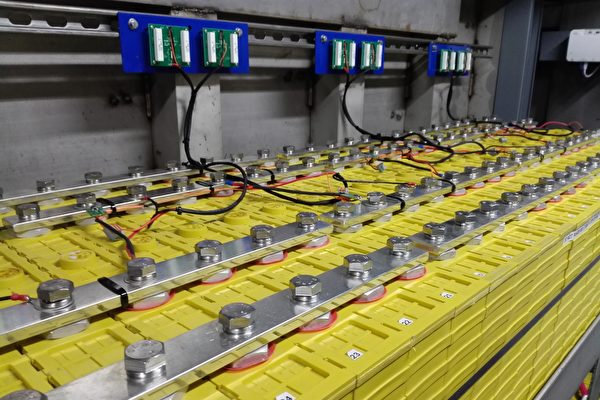In recent years, lithium-ion batteries have been widely used in various industries such as smartphones, electric vehicles, and large-scale energy storage systems. However, the increasing demand for battery metals like lithium, cobalt, and nickel has raised concerns about their availability. As a result, enhancing the capacity, efficiency, and sustainability of lithium-ion batteries has become a key research goal.
Traditionally, lithium-ion batteries are composed of cathode materials such as lithium cobalt oxide (LiCoO2), lithium manganese oxide (LiMn2O4), lithium nickel oxide (LiNiO2), and lithium iron phosphate (LiFePO4). However, batteries containing cobalt and nickel have seen price hikes due to global demand, leading to shortages of these metals. In response, researchers are turning their focus to iron-based lithium batteries, utilizing the abundance of iron on Earth in an effort to improve energy efficiency.
Scientists exploring iron-related lithium battery products found that lithium iron phosphate materials exhibit high safety, low cost, low toxicity, and long cycle life. However, their energy density is only around 170mAh/g. Therefore, researchers sought other iron-based cathode materials, leading to the development of lithium iron oxide (Li5FeO4) batteries with an energy density of 300mAh/g, similar to lithium iron phosphate.
Nevertheless, researchers discovered that lithium iron oxide generates oxygen during the charging cycle, preventing the battery from undergoing a true chemical reversible reaction, hindering normal charge and discharge cycles.
Recently, researchers from Hokkaido University, Tohoku University, and Nagoya Institute of Technology in Japan collaboratively developed a new rechargeable lithium-ion battery. By adding common elements to the cathode material lithium iron oxide, they were able to enhance its energy density and charge cycle capabilities. This achievement was published on April 22 in the “ACS Materials Letters” journal.
Hiroaki Kobayashi, Associate Professor of the Chemistry Department at Hokkaido University, stated, “We have discovered that by incorporating small amounts of abundant elements such as aluminum, silicon, phosphorus, and sulfur into the crystal structure of the cathode, we can significantly improve its cycling performance.”
The team utilized aluminum (Al), silicon (Si), germanium (Ge), phosphorus (P), and sulfur (S) as dopants, enabling them to form “covalent bonds” with some of the oxygen molecules in lithium iron oxide. These covalent bonds securely trap the oxygen atoms, preventing them from impeding battery charge and discharge reactions.
Covalent bonds are stable and robust chemical bonds formed when atoms share electrons to saturation, reducing positional changes between atoms and making them less susceptible to external interference or damage.
Research results showed that after doping the lithium iron oxide electrode with phosphorus, the initial discharge capacity approached 365mAh/g. However, after several charge-discharge cycles, the capacity showed some decrease. Doping with silicon resulted in nearly 90% capacity retention but lower oxidation-reduction reversibility. When adding germanium or phosphorus, the cathode’s performance significantly improved, with battery capacity retention rates surpassing other elements by a considerable margin.
In addition, researchers observed that after adding these elements, the energy capacity, stability, and charge-discharge cycles of lithium iron oxide improved, with battery capacity retention rates increasing from around 50% to 90%.
The researchers concluded that by utilizing abundant elements like iron, aluminum, silicon, phosphorus, and sulfur, they could enhance the energy of rechargeable lithium-ion batteries. Their hope is that ongoing research will contribute significantly to battery advancement, with future studies focusing on the potential commercial application of these technologies.

